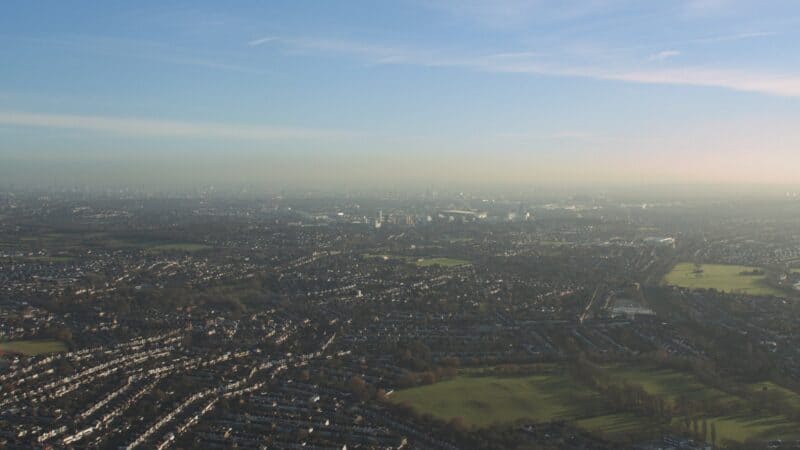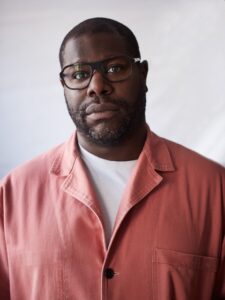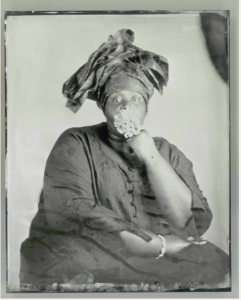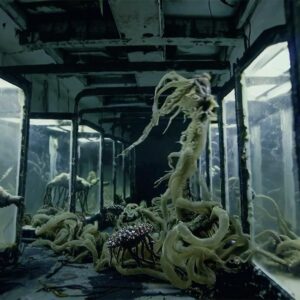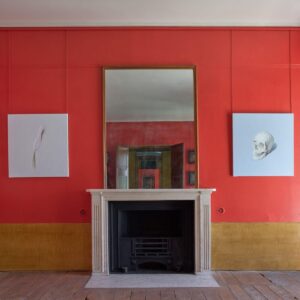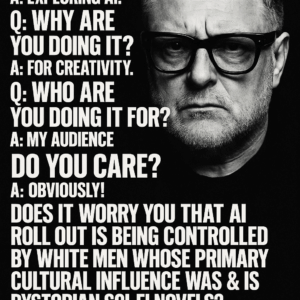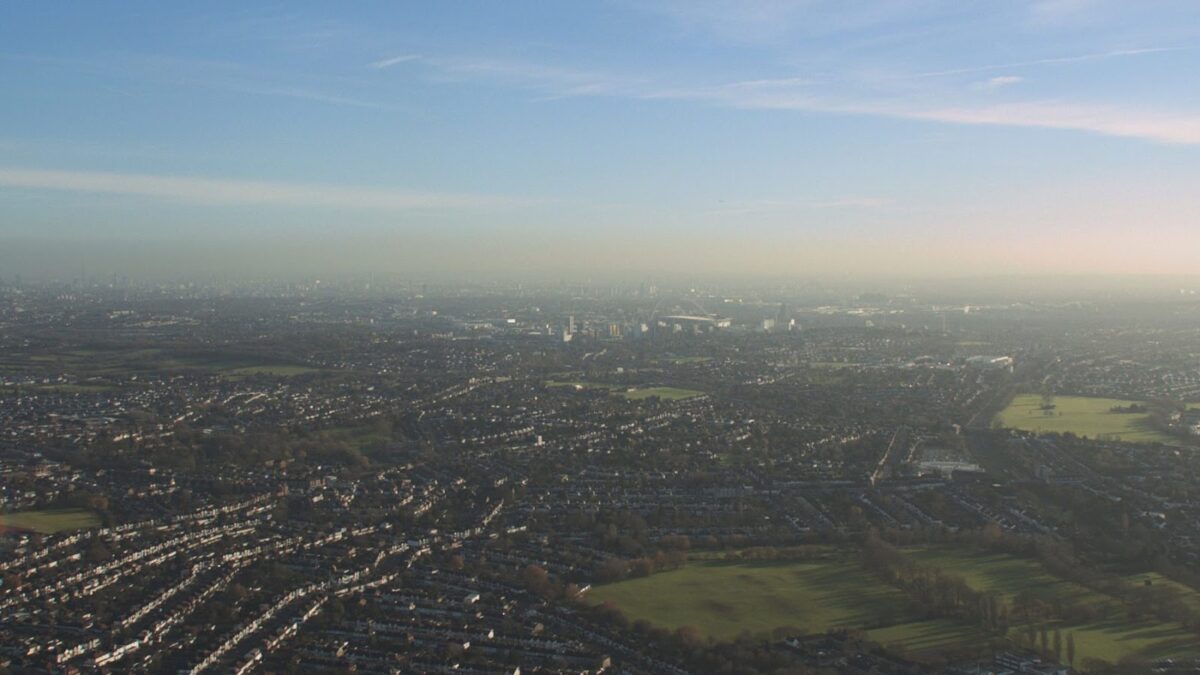
Marco Gottardi, 27
Gloria Trevisan, 26
Raymond Bernard, 63
Fethia Hassan, 4
Hania Hassan, 3
Rania Ibrahim, 31
Hesham Rahman, 57
Mohamed Neda, 57
Fathia Ahmed Elsanousi, 73
Isra Ibrahim, 33
Abufars Ibrahim, 39
Zainab Choucair, 3
Mierna Choucair, 13
Fatima Choucair, 11
Bassem Choukair, 40
Nadia Choucair, 33
Sirria Choucair, 60
Firdaws Hashim, 12
Yaqub Hashim, 6
Yahya Hashim, 13
Hashim Kedir, 44
Nura Jemal, 35
Anthony Disson, 65
Mariem Elgwahry, 27
Eslah Elgwahry, 64
Ligaya Moore, 78
Mehdi El-Wahabi, 8
Nur Huda El-Wahabi, 15
Yasin El-Wahabi, 20
Faouzia El-Wahabi, 42
Abdulaziz El-Wahabi, 52
Mary Mendy, 54
Khadija Saye, 24
Malak Belkadi, 8
Leena Belkadi, 6-months
Farah Hamdan, 31
Omar Belkadi, 32
Jessica Urbano Ramirez, 12
Gary Maunders, 57
Deborah Lamprell, 45
Marjorie Vital, 68
Ernie Vital, 50
Mohamednur Tuccu, 44
Amaya Tuccu-Ahmedin, 3
Amal Ahmedin, 35
Amna Mahmud Idris, 27
Fatemeh Afrasiabi, 59
Sakina Afrasehabi, 65
Isaac Paulos, 5
Hamid Kani, 61
Biruk Haftom, 12
Berkti Haftom, 29
Vincent Chiejina, 60
Kamru Miah, 79
Rabeya Begum, 64
Mohammed Hanif, 26
Mohammed Hamid, 28
Husna Begum, 22
Khadija Khalloufi, 52
Joseph Daniels, 69
Sheila, 84
Steven Power, 63
Denis Murphy, 56
Mohammad al-Haj Ali, 23
Jeremiah Deen, 2
Zainab Deen, 32
Abdeslam Sebbar, 77
Ali Yawar Jafari, 82
Victoria King, 71
Alexandra Atala, 40
Logan Gomes
Maria Del Pilar Burton, 74
This is a film which demands witnessing. It is a monument, a memorial, a hard work of art that demands our affective labour.
Steve McQueen’s short film Grenfell was first presented at the Serpentine Galleries (West London) in 2023. Made in response to the Grenfell Tower fire—a fire that ripped through a block of homes in West London early in the morning of 14 June 2017, killing 72 people (named above) and devastating the local community—the work is now touring across the UK, not only highlighting the tragedy but acting as a harrowing portrait to ensure a similar event can never be allowed to happen again. (It is of note that the fire was a direct result of widespread failures at a corporate and governmental level. A criminal investigation is currently underway, with corporate manslaughter being one of the charges brought.) McQueen’s is not a detached gesture of mourning; his filmic response comes from his connection to the tower and the community living around it—a community whose life and being has been systemically devalued by a “political class, so servile to corporate power”, to quote Lowkey’s musical reply to the state of affairs which caused these needless deaths.
Grenfell is an act of remembrance. Lasting 24 minutes the film is slow, challenging to watch in its non-narrative bareness, something of a still-moving-image, to use Tina Campt’s terms, an image in motion which “require[s] the labor of feeling with or through” that which it depicts: the carcass of the tower seen as a “graveyard, tombstone lurching over” the streets of Ladbroke Grove (Lowkey’s lyrics).
Presented with strict rules around its viewership—no phones, no reentry if you leave, no late admittance to the scheduled screenings—McQueen’s film opens with the slow movement of a drone across the Surrey countryside, across the suburbs of Wembley, and the ends of West London, before arriving at the site of the tower. This creeping progression is timed to a mounting wall of noise: birdsong and country winds fall into car horns and sirens, becoming an anxious tremor building to something totally inescapable. CUT. All filmic sounds end, and we are left lingering before the edifice of Grenfell, left suckerpunched by the silence of the scene, forced to witness this monumental ghost face on. Eerily circling the tower, whilst being buffeted by the London breeze, McQueen’s drone refuses to Romantically picture the wake of the fire. This resistance to the stilled sublime brings us into co-presence with the wrought remains of the unsafe cladding applied to the building by The Kensington and Chelsea Tenant Management Organisation who privileged aesthetic appearances over human safety—read, who valued corporate returns over civil life. (See this link for a summary of the government’s Grenfell Tower fire report. This details how the decision to use combustible cladding panels led to the needless death of 72 individuals.)
Moving round and around and around the burnt-out tower, Grenfell defies a spectacular pull towards pathos. We do not see or hear any of the victims of this crime, there are no witness testimonies, no narrative guide to moor us comfortably in the horror we are slow dancing around. Rather, we are left confronting ourselves, questioning how and why this tragedy was allowed to happen; how and why this community’s human validity, their right to a safe life, was reduced by a grim-faced drive for profit.
Further details and the upcoming locations of the film’s tour can be found here

